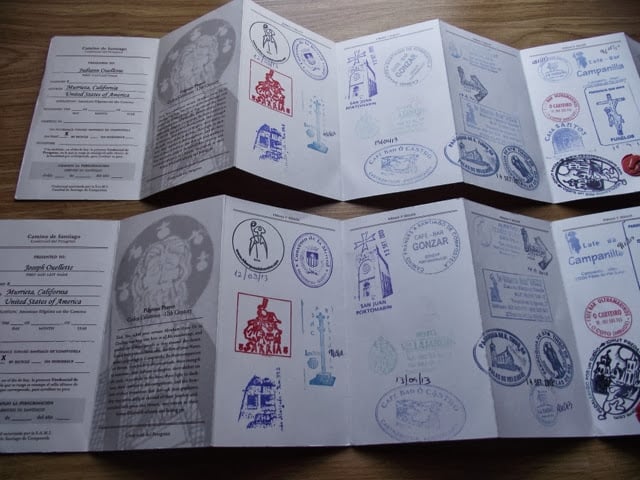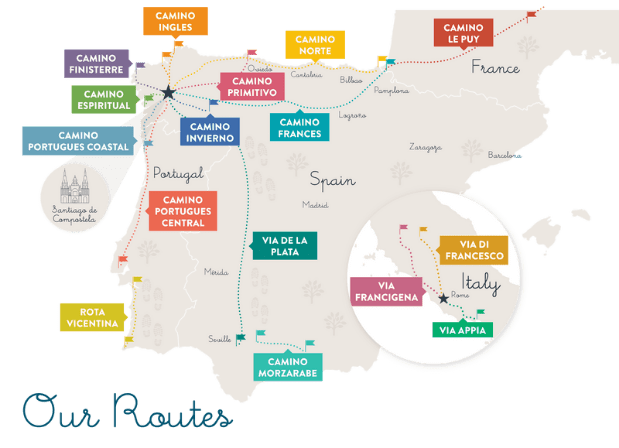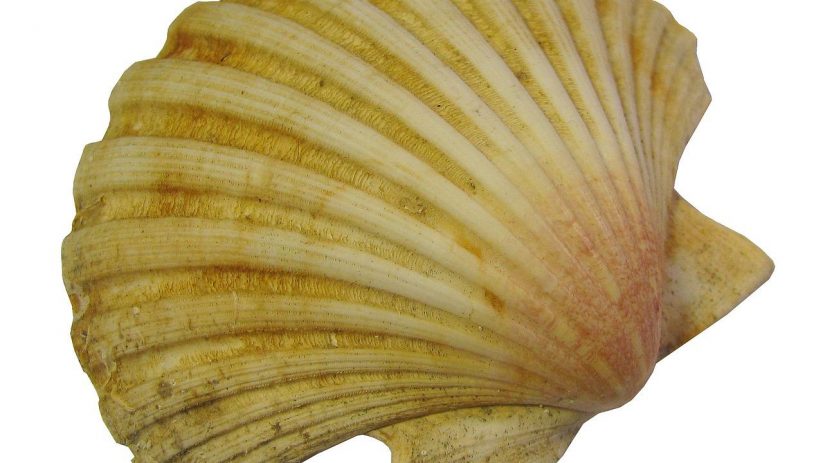The Camino de Santiago, often called the Way of St. James, is a historical collection of routes culminating at the Cathedral in Santiago de Compostela, Galicia, Spain. Steeped in history and cultural importance, these routes have fostered numerous traditions over the centuries.
A Camino Tradition – The Scallop Shell: A Symbol of the Journey
One of the key symbols of the Camino is the scallop shell. Traditionally worn as a pendant or attached to a backpack, the shell signifies the pilgrimage itself. Its grooves and contours metaphorically represent the diverse paths and challenges encountered along the way. Additionally, it symbolizes St. James, believed to be interred in Santiago de Compostela.
The Pilgrim’s Passport: Documenting the Pilgrimage
On this journey, pilgrims receive a “pilgrim’s passport,” or credential, a document stamped at each stage of their journey. This passport not only serves as a record of progress but also provides access to discounts on accommodations and services. It’s a cherished keepsake for many, marking their journey.

Albergues: Accommodations for Pilgrims
Albergues are hostels designed for Camino pilgrims, offering basic, communal accommodations. These facilities often operate on a donation basis, reflecting the pilgrims’ modest means and the spirit of the Camino.
The Camino Community: Bonds Formed on the Road
Renowned for its strong community spirit, the Camino brings together pilgrims from various backgrounds, many seeking spiritual or personal growth. This shared experience fosters a unique camaraderie and lifelong friendships.
Rituals of the Camino de Santiago
Several rituals are integral to the Camino experience. These include the “Buen Camino” greeting, an exchange of “Compostela” completion certificates, and the “Botafumeiro” ritual—a ceremonial swinging of a large incense burner in the cathedral.
Traditional Attire of Pilgrims
Pilgrims often embrace traditional attire, such as a wide-brimmed hat and a scallop shell pendant. Some also don a “pilgrim’s cloak” or “cappa,” a practical and symbolic garment.
Culture Festivals Along the Camino
The journey is punctuated by various festivals and events, such as the Fiestas de Santiago in July and the Feria del Carmen in Estella. These festivals offer music, food, and a rich cultural experience.
Diverse Routes of the Camino
The Camino de Santiago comprises several routes, each with its own allure. Popular ones include the Camino Francés, Camino del Norte, and Camino Portugués, chosen by pilgrims based on personal interests and goals.

The Pilgrimage Experience
For many, the Camino is more than a journey—it’s a pilgrimage with deep spiritual or personal significance. Whether for religious reasons, personal growth, or to honour a loved one, the Camino offers a profound experience of self-discovery.
For more information about the Camino de Santiago routes or to book your trip, contact us.
